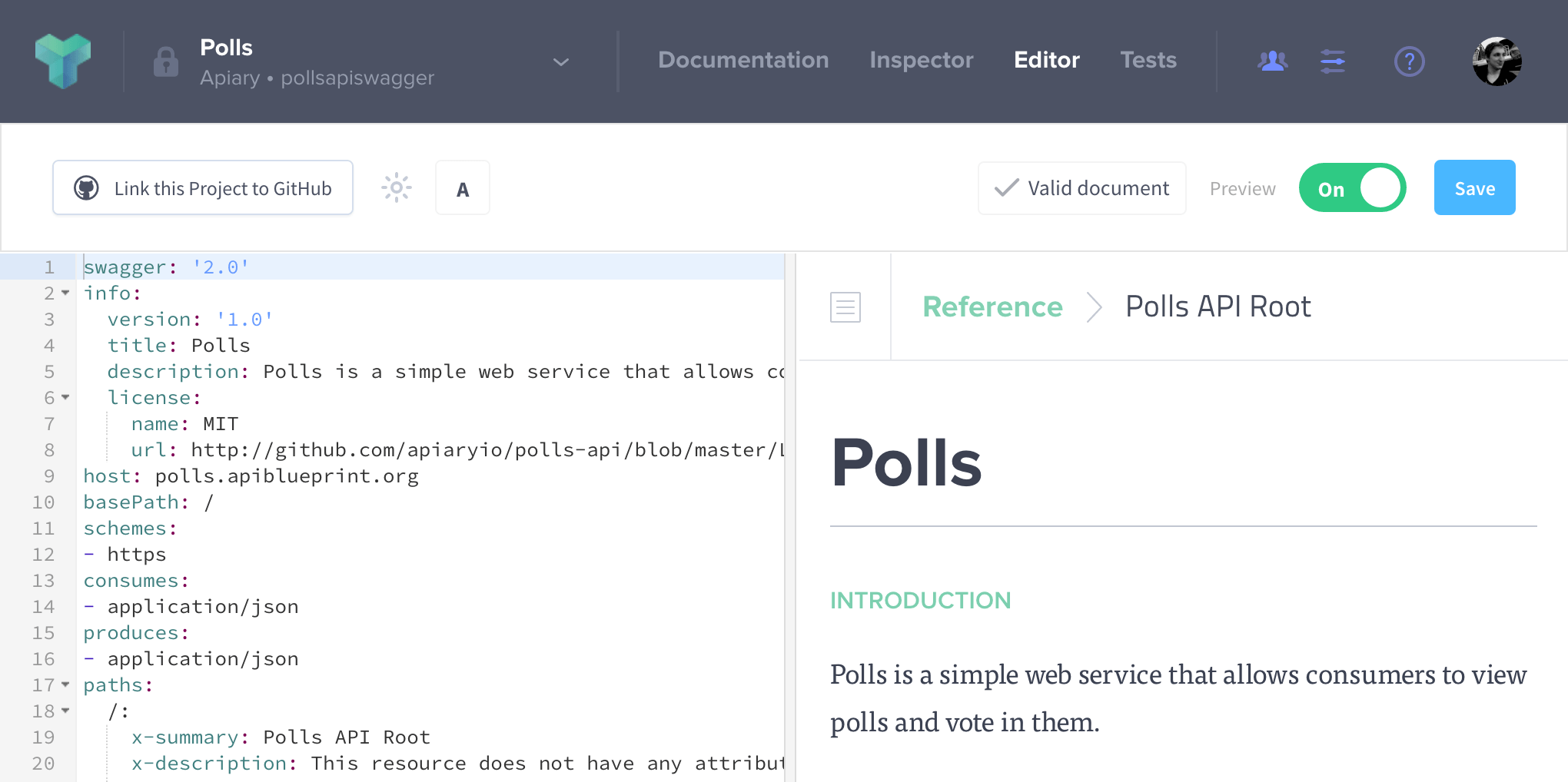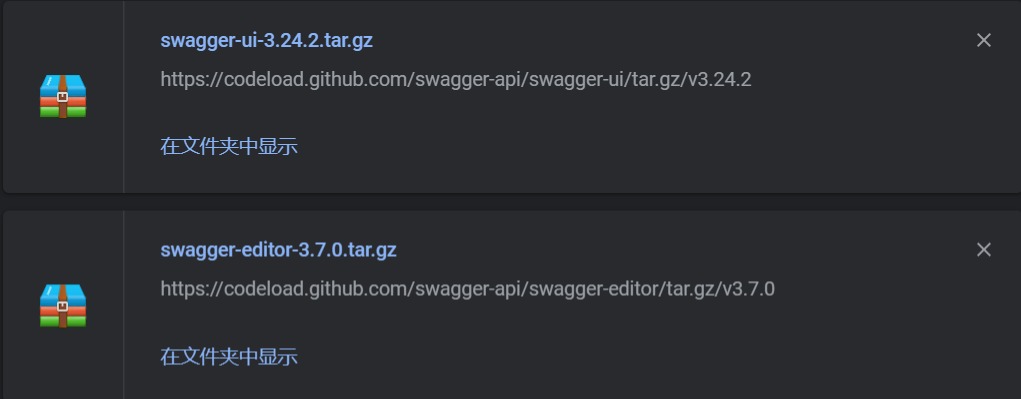
The Generate Server and Generate Client features are built on the open source Swagger Codegen project, or specifically, its hosted version at. If you click on one of them you’ll be prompted with a ZIP file download which contains a skeleton project for producing or consuming an API with your definition. The Generate Server and Generate Client menus list a variety of typical programming languages and frameworks.Under Edit, you currently have just one option, which is to convert JSON into YAML.You can also download YAML and JSON versions of your definition or clear the editor. Under File, you can import an existing OpenAPI file either by uploading it from your computer or reading it from a remote URL.OpenAPI definitions can be serialized in either YAML or JSON and even though Swagger Editor understands both, it is not shy to communicate its preference for YAML: when you copy and paste JSON it asks you to convert it.Ī top bar above the split view contains the following menu:

Any edits made on the left side momentarily reflect on the right side. We’ll replace it with something simpler in a minute, but first, let‘s have a look around the editor.Īs you can see, the editor features a split view the left side contains the specification in YAML serialization and the right side shows generated interactive API documentation. When you first open the editor it shows the Swagger Petstore API, which is a sample API used by the Swagger project to show off the extensive capabilities of the OpenAPI specification. Swagger Editor is also open source and available on GitHub, so if you prefer you can run it offline on your local computer or on your own server. The downside is that there is no cloud storage, so you always need to save your work locally. The application runs in the browser and is completely built on client-side Javascript, so you do not have to trust their server with your data. Swagger Editor is freely available online at.

In this article, we would like to showcase one of tools for the API design stage, the Swagger Editor, and be your step-by-step guide for creating your first OpenAPI definition. But the right tooling can make your job a lot easier.

OpenAPI definitions are simple JSON or YAML files that you can create and edit with any text editor. If you are convinced now that OpenAPI is something you want to get your hands dirty with, you have come to the right place! We’ve already covered 5 reasons you should use OpenAPI/Swagger for your APIs on this blog. This enables them to automate various processes around the API lifecycle. OpenAPI definitions, formerly known as Swagger files, allow developers to specify the operations and metadata of their APIs in machine-readable form.


 0 kommentar(er)
0 kommentar(er)
